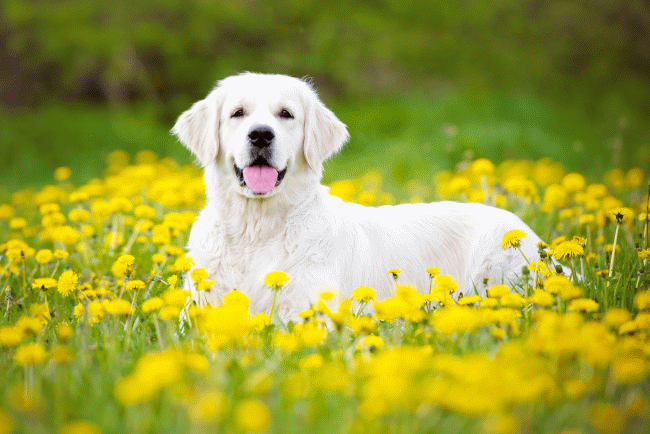
We often hear of individuals being allergic to cats and dogs, but how often do we think of allergies in pets? If scents, pollens, plants and foods can affect humans, then it seems only reasonable to suppose that they would similarly have an impact on pets. By domesticating animals, we have brought them into our homes, and subjected them to the many products we use. From cleaning sprays, to dish soaps, shampoos, hand lotion, sanitizers, nail polish removers, air fresheners, scented candles, colognes and perfumes, to say nothing of the fabrics, furniture, paint, and cloths and foods we surround ourselves with; cats and dogs certainly have plenty to adjust to when they co-habit with humans. With nutrition to topical ointments and respiratory sensitivities, cats and dogs experience allergic reactions in many ways that most pet owners are oblivious to. Instead of being convinced that your pet is infested with fleas or is having an asthma attack, he might just be having nothing more than a slight allergic reaction. Before jumping to conclusions or heading to emergency pet care, educate yourself about the kinds of pet allergies that exist
Allergies In Pets
When a cat or a dog is allergic to something, they react physically in several ways: by sneezing, coughing, diarrhea, swelling, scratching, vomiting, etc. Below are a list of the most common kinds of allergies domestic pets battle.
- Food allergies: Like us, cats and dogs sometimes respond negatively to certain foods, causing a number of unpleasant symptoms to rear their ugly heads. Your pet might have an allergic reaction if he is exhibiting symptoms like itching, paw chewing, coat scratching and licking, ear scratching, skin rashes and hives, nausea, vomiting, diarrhea, gas, booty-scooting (from a rash on the dog’s rear). If your pet is showing any of the above signs, take him to a vet immediately to properly diagnose the issue, and find which food are causing the trouble. Identifying the food allergy will help you learn how the reactions might be avoided. *NOTE: One of the best ways to avoid the symptoms and health concerns associated with food allergies, is to feed your pet hypoallergenic foods. Be sure to research the pet food company you are considering, since many manufacturers use manipulative marketing schemes to disguise poorly-crafted, low-quality ingredients in their products. When it comes to your dog or cat’s health, do not be a miser. High quality food does tend to cost more than mainstream products, but the payoff is worth the investment. For more information on food allergies, check out our page detailing the causes of for nutritional allergies in pets.
- Skin Allergies: Skin allergies can occur a number of ways, through something the animal has ingested, such as certain foods or medication. They can also indicate a negative reaction to topical products such as shampoos, sunblock, etc. Skin allergies can be caused by exposure to flea or tick treatments, medications, shampoos, grooming treatments, protective sunscreens, or if the animal has come into contact with any agitating plant (such as poison oak, etc.) Symptoms of skin allergies include: rashes, frequent itching and scratching, licking the skin, hot spots, biting paws or fur, etc.
- Seasonal Allergies: With new grasses and pollens blowing through the air, it is no wonder that these allergens bug the noses of domestic cats and dogs. Something as simple as a daily walk near newly-mowed lawns might be sending your pup into a whirlwind of sneezing, wheezing, or coat scratching. Help keep the blues away by regularly washing your pet’s fur coat (especially after a romp in the woods, or after hiking through tall grasses). Feed your dog whole foods based on an archetypal diet since the anti-inflammatory properties will help decreases the effects of the allergies.
- Particle/ Respiratory Allergies also can negatively affect a dog’s breathing. Wheezing, sneezing and drooling can indicate allergies to dust, dust mites, feathers, dander, fabric lint, or mold in the house. Get a reliable air filter to help limit the dust particles and agitating impurities in the air. Avoid spraying scented sprays in the air, vacuum regularly (remembering to empty the vacuum pouch often), dust any surfaces, and fluffy pillows and cushions outside to keep your pet’s breathing in check. If your air conditioner filter has not been changed recently, make sure to remedy that.

